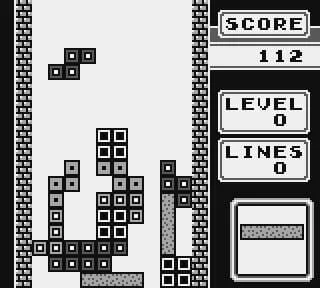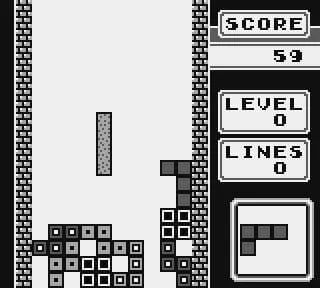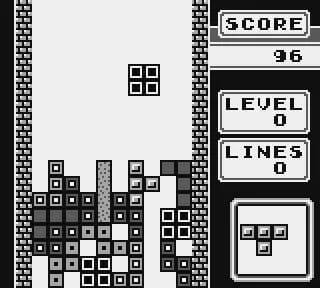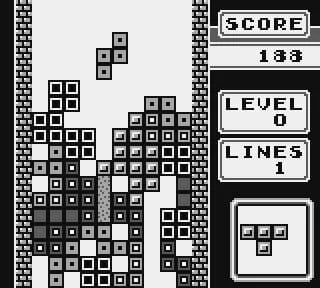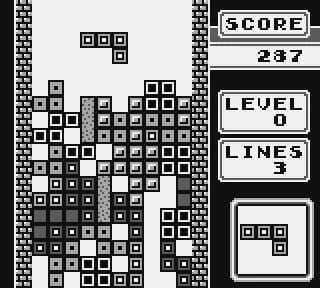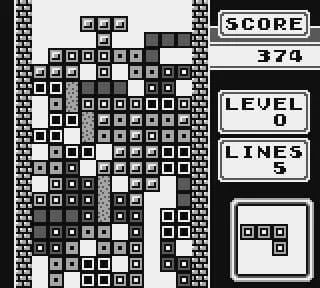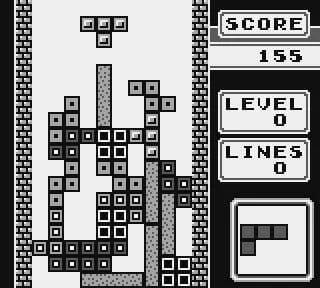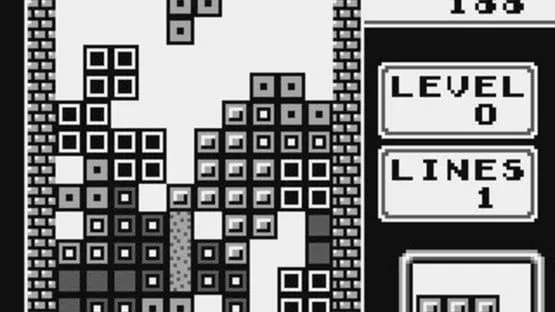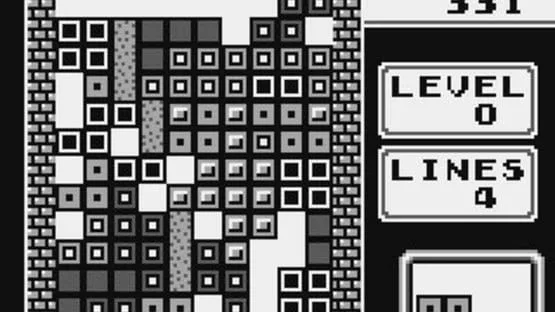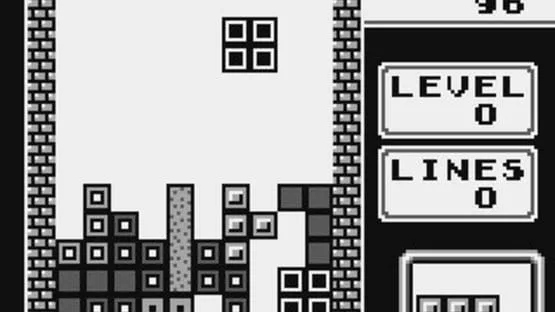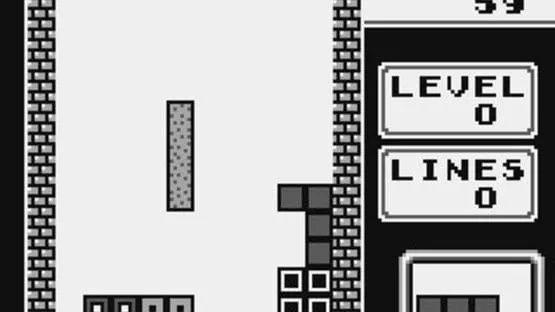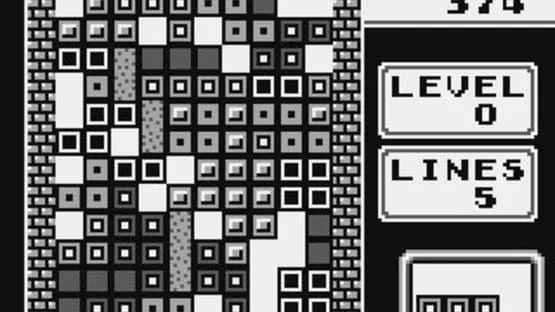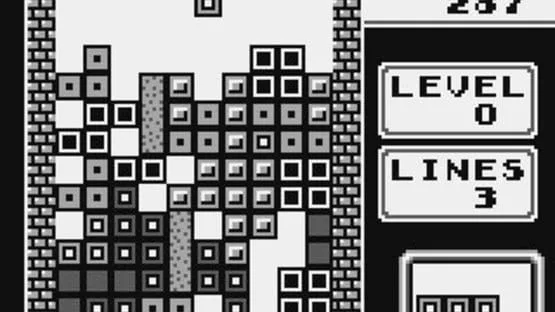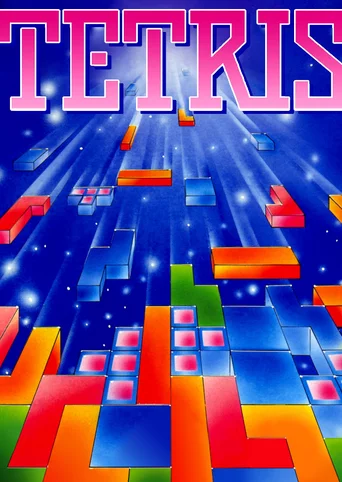
Tetris (1989)
Genres:Puzzle
Story:Tetris is a puzzle video game for the Game Boy released in 1989. It is a portable version of Alexey Pajitnov's original Tetris and it was bundled in the North American and European releases of the Game Boy itself. It was the first game compatible with the Game Link Cable, a pack-in accessory that allowed two Game Boys to link together for multiplayer purposes.Show more
Vote to bring this game to GOG and help preserve it.152
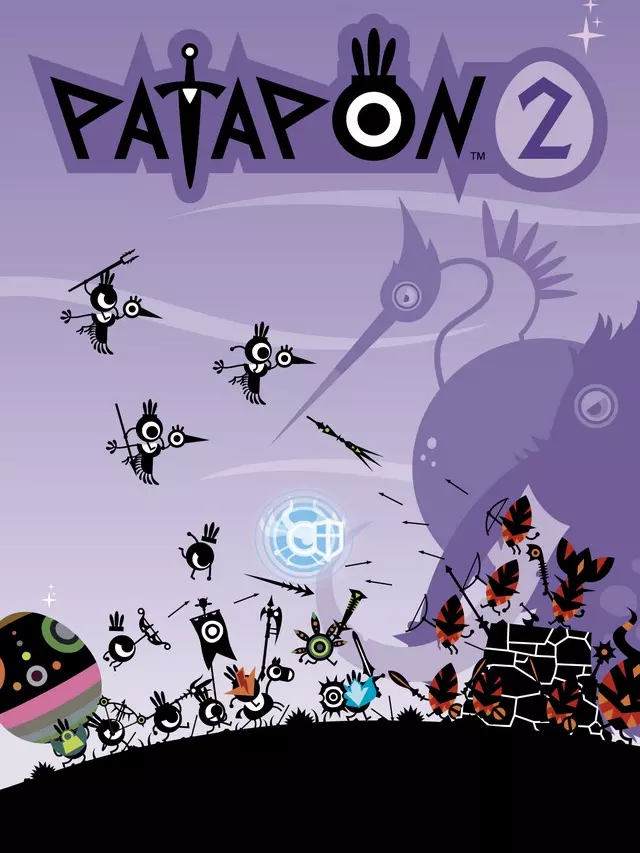
Patapon 2The story of the Patapon tribe marches forth as they hunt for the fabled Earthend. Shipwrecked in a new and strange continent the Patapon are depending on you, their god, to lead them safely through this perilous new land. As you guide the tribe through this new world with your mystical drum, they will come face to face with a new tribe, encounter a mysterious and mighty Hero Patapon and uncover the ruins of Patapolis, a mystical place long spoken of by the Patapon. All-new modes to Patapon 2 include thrilling multiplayer stages, a huge array of missions and deep tutorials that will have you drumming to the beat of the Patapon in no time. Head to patapon-game.com for the captivating mini-game, The Art Of War, where the goal is to collect as many Patapon characters as you can and then immortalise your battle with the Patapon Wallpaper creator. Lead your loyal followers through 60 rhythmic stages. Keep the beat going with tons of hidden items and mini-games to reveal. Drum along with friends and tackle multiplayer missions.Action Comedy
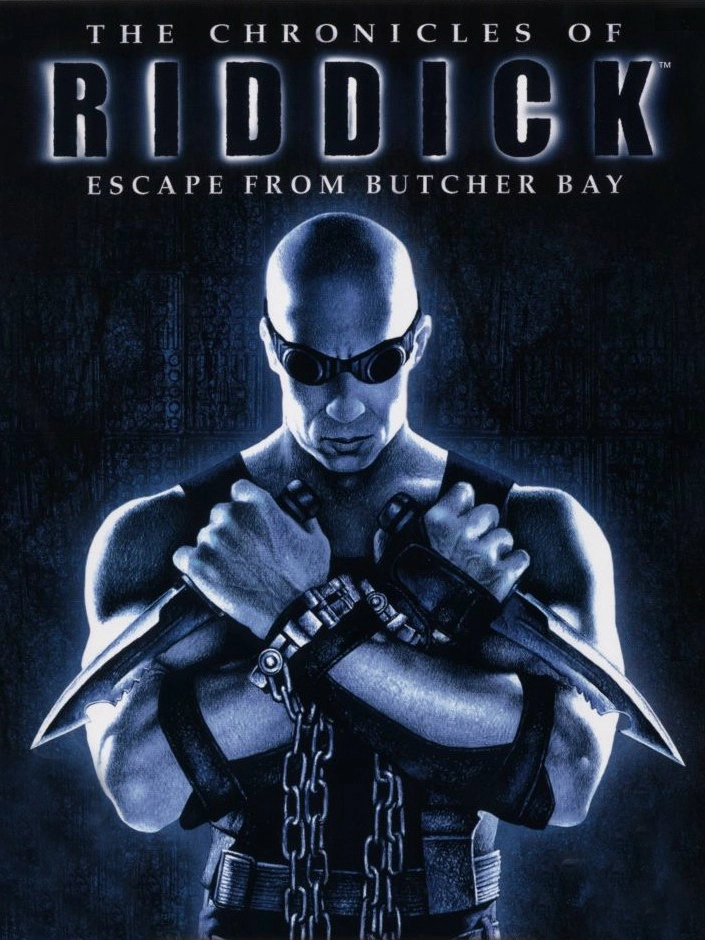
The Chronicles of Riddick: Escape from Butcher BayEscape from Butcher Bay is set in the futuristic science fiction universe of the Chronicles of Riddick franchise, and is a prequel to the film Pitch Black. The game takes place inside Butcher Bay, a maximum-security prison from which no prisoner has escaped. The facility - constructed on a barren planet - contains three increasingly secure holding areas, and a subterranean mining operation.Action Science fiction Stealth
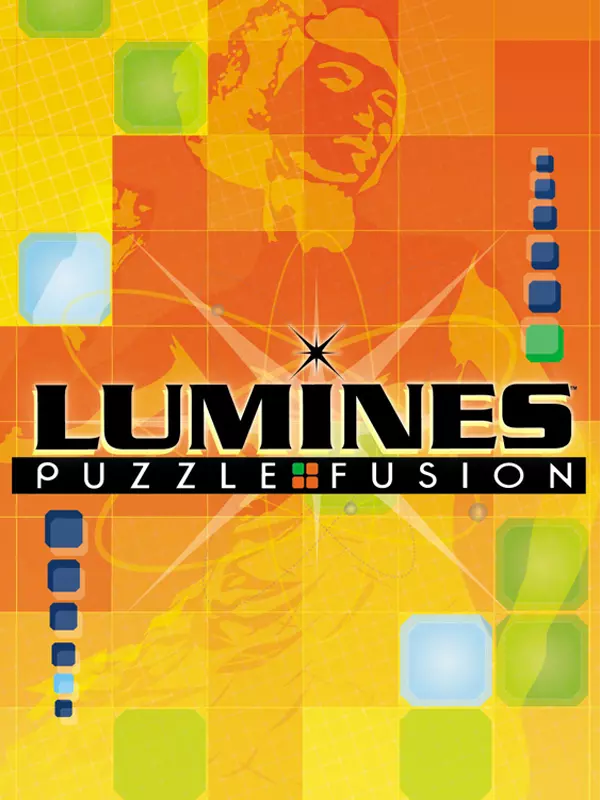
LuminesLumines is a block-dropping game, that may seem at first to be similar to Columns and Tetris. A 2 x 2 square (an O tetromino) made of four smaller block pieces is dropped into the playing field, which may appear different as the player advances through levels or skins. The small blocks that comprise the larger blocks will be one of two different colors. The objective is to rotate and align the blocks in such a way as to create 2x2 squares of the same color, which may span multiple blocks and, indeed, share blocks. For example, if one should get a 2x3 area of matching blocks, the middle portion will "share" itself with both the left and right halves and create two 2x2 squares. After the "timeline", which is synchronized to the music, sweeps over the matching blocks, they disappear. When too many unmatched blocks pile up to the point where no more blocks may be dropped in the playing field, the game ends.
When part of a falling block hits an obstruction, the unobstructed portion of the block will split off and continue to fall. More points are scored by creating the largest number of squares during one "timeline" sweep. Increasing score multipliers are earned by repeatedly clearing squares on consecutive timeline sweeps. Bonuses are also awarded by reducing all remaining tiles to one single color or for removing all non-active tiles from the screen altogether.
Occasionally, a block falls with a special square of one of the two colors with a "jewel" in the center. This square, when cleared as part of a matched 2x2 square, will cause all individual blocks of the same color that are horizontally or vertically adjacent to the matched 2x2 square, or to an adjacent square, to be cleared without score. These can be used for both generating large bonuses, since generally several blocks of the other color will be formed once these are removed, as well as to help the player recover if the field becomes too cluttered.Kids
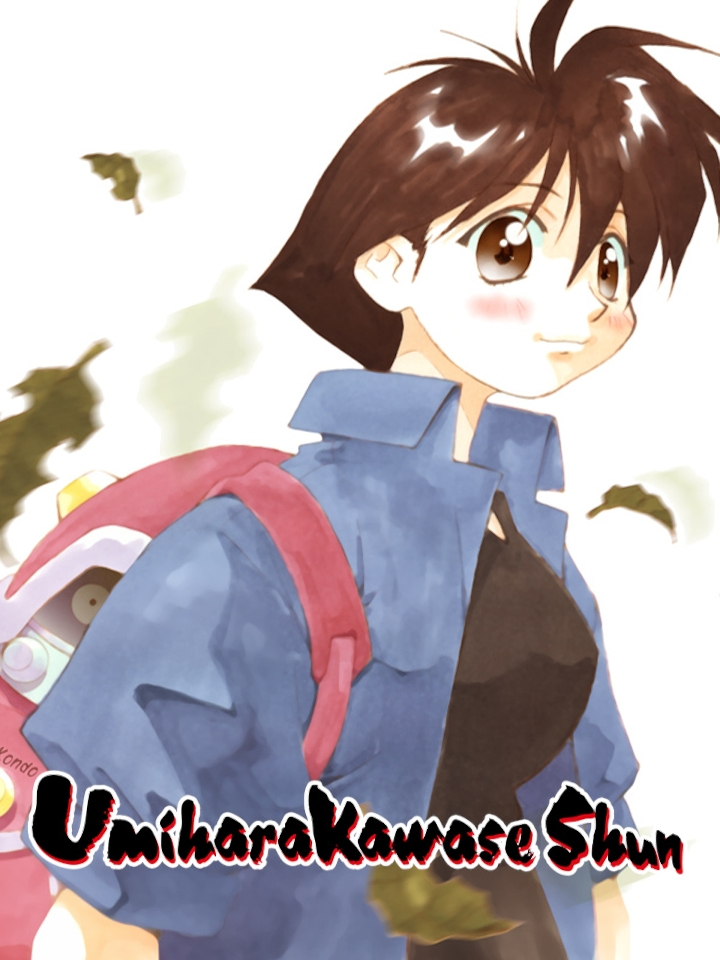
Umihara Kawase ShunUmihara Kawase Shun is the second installment in the grappling hook-centric Umihara Kawase series. As in the previous game, Shun revolves around traversing levels with only a fishing rod that can attach itself to level geometry and taking advantage of physics to reach seemingly difficult places.Action
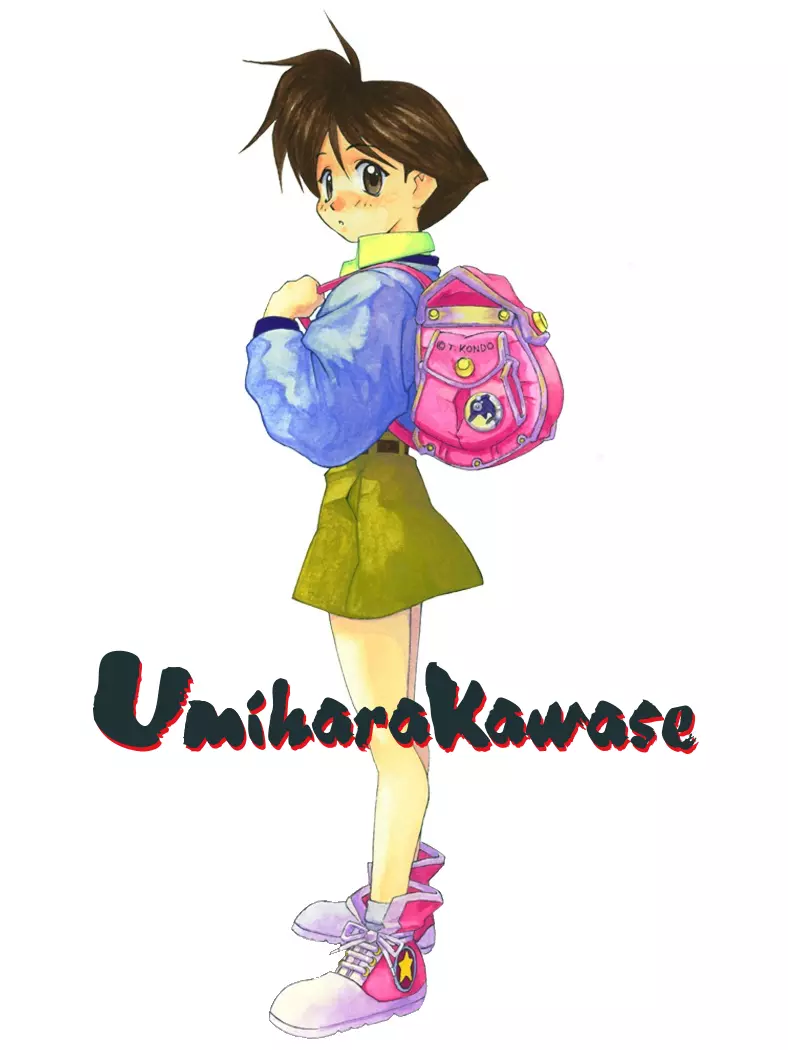
Umihara KawaseUmihara Kawase is a girl who uses a fishing hook as a grappling hook. You’ll need quick reflexes to swing your way through the branching surreal environments. Use your brains to figure out the best way through. They say fish is brain food—you’re going to need it!Action
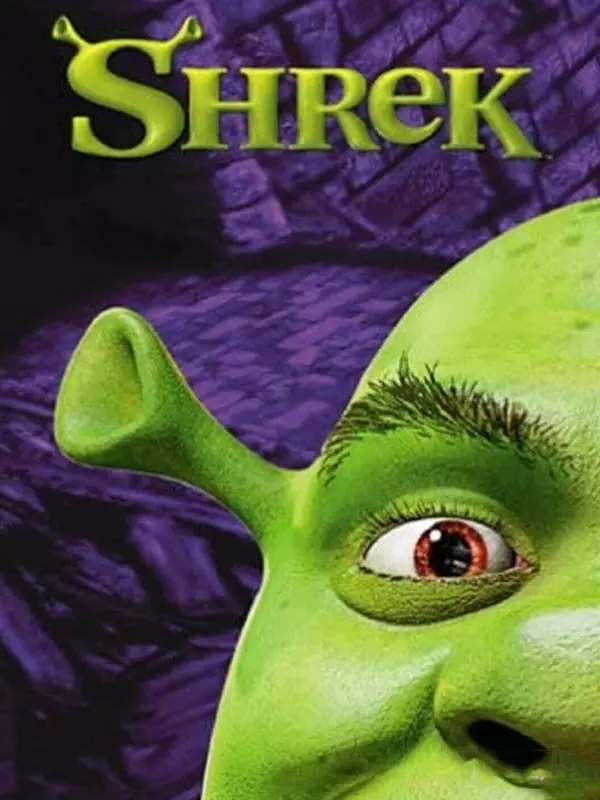
ShrekTaking place after the 3D animated movie of the same name, the game allows the player to control Shrek, a huge green ogre, as he must rescue Princess Fiona from the evil wizard Merlin while finding his way through worlds full of crazy twists on familiar fairy tale characters. In this third-person action platformer, Shrek bashes and burps his way past various challenges, fighting creatures and collecting items to complete Good Deeds and unlock new levels.
Each world features six missions to complete save for Merlin's castle and two of the missions in every regular level involve either collecting hidden Easter Eggs or grabbing the evil fairies who run away as you approach. Other missions in a stage can involve tasks like defeating a boss or transporting characters to their destinations.
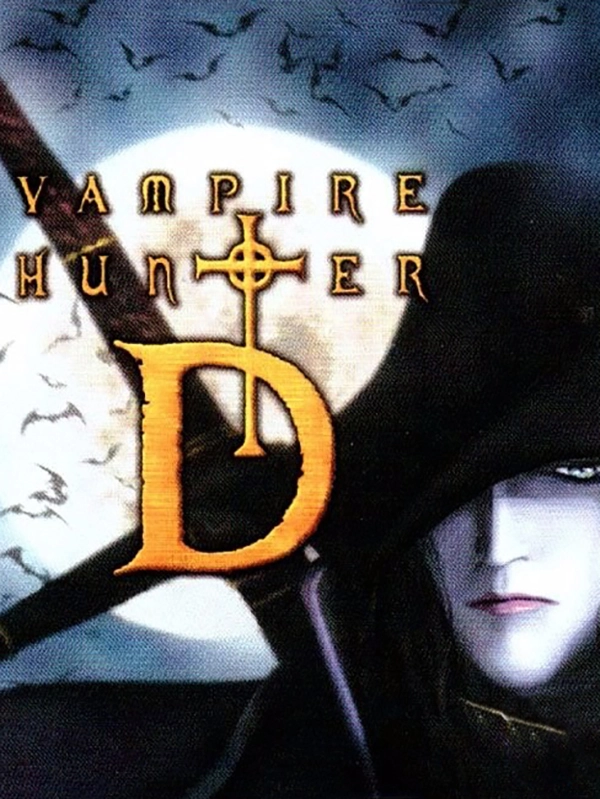
Vampire Hunter DVampire Hunter D is a PlayStation video game based on the series of books and movies of the same name. Along with Countdown Vampires, it is one of the few survival horror games to revolve around vampires.Action Horror Survival
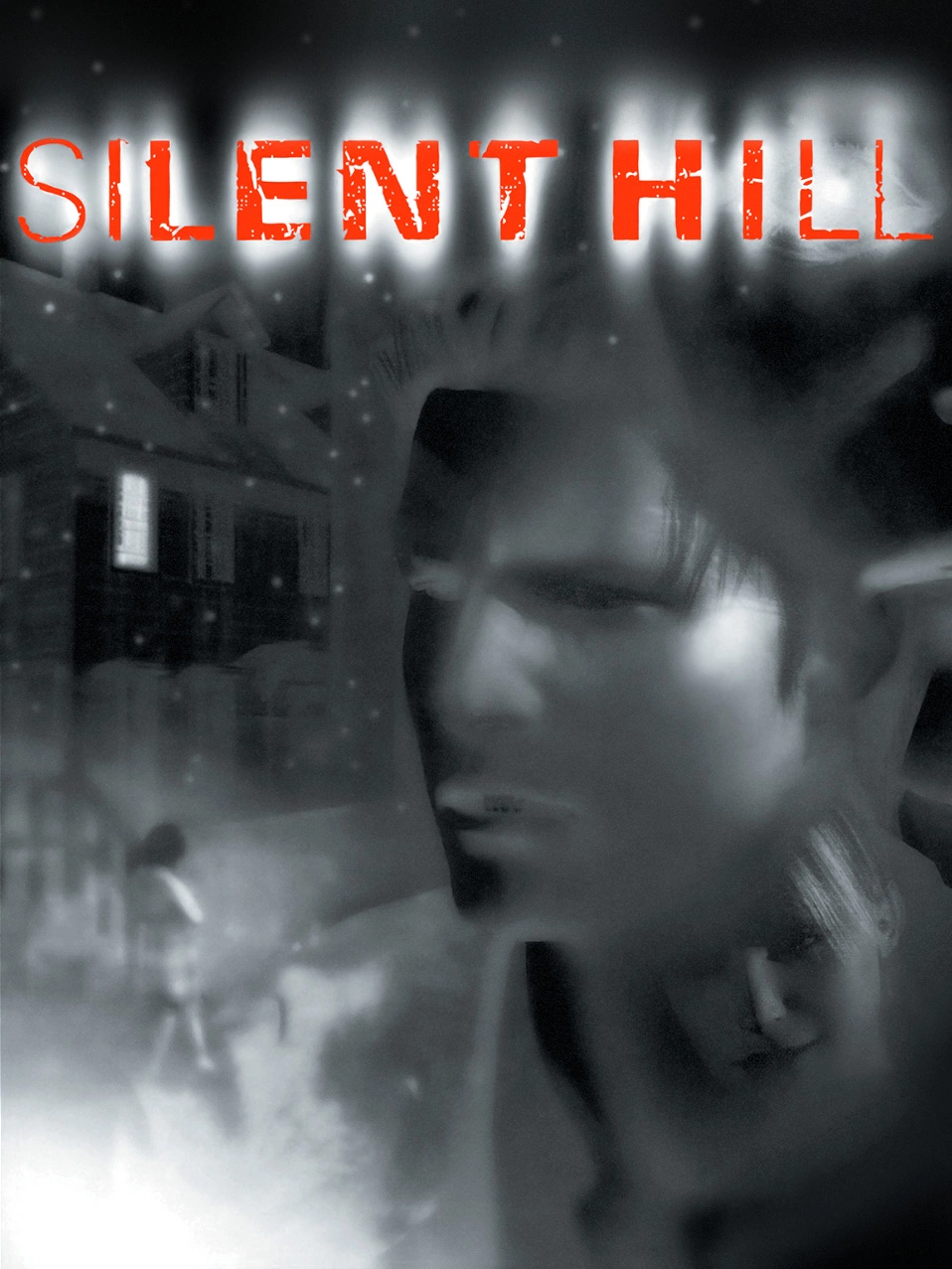
Silent HillSilent Hill is the first installment in the Silent Hill series of psychological survival horror video games. Unlike earlier survival horror games that focused on protagonists with combat training, the main character Harry Mason is an average man. The gameplay consists of combat, exploration, and puzzle-solving. The controller vibration is used to indicate Harry's heartbeat and will vibrate on low health. The player must regularly enter an inventory screen to check Harry's health, use items, and equip different weapons.Our Pick Top Trending Action Horror Survival
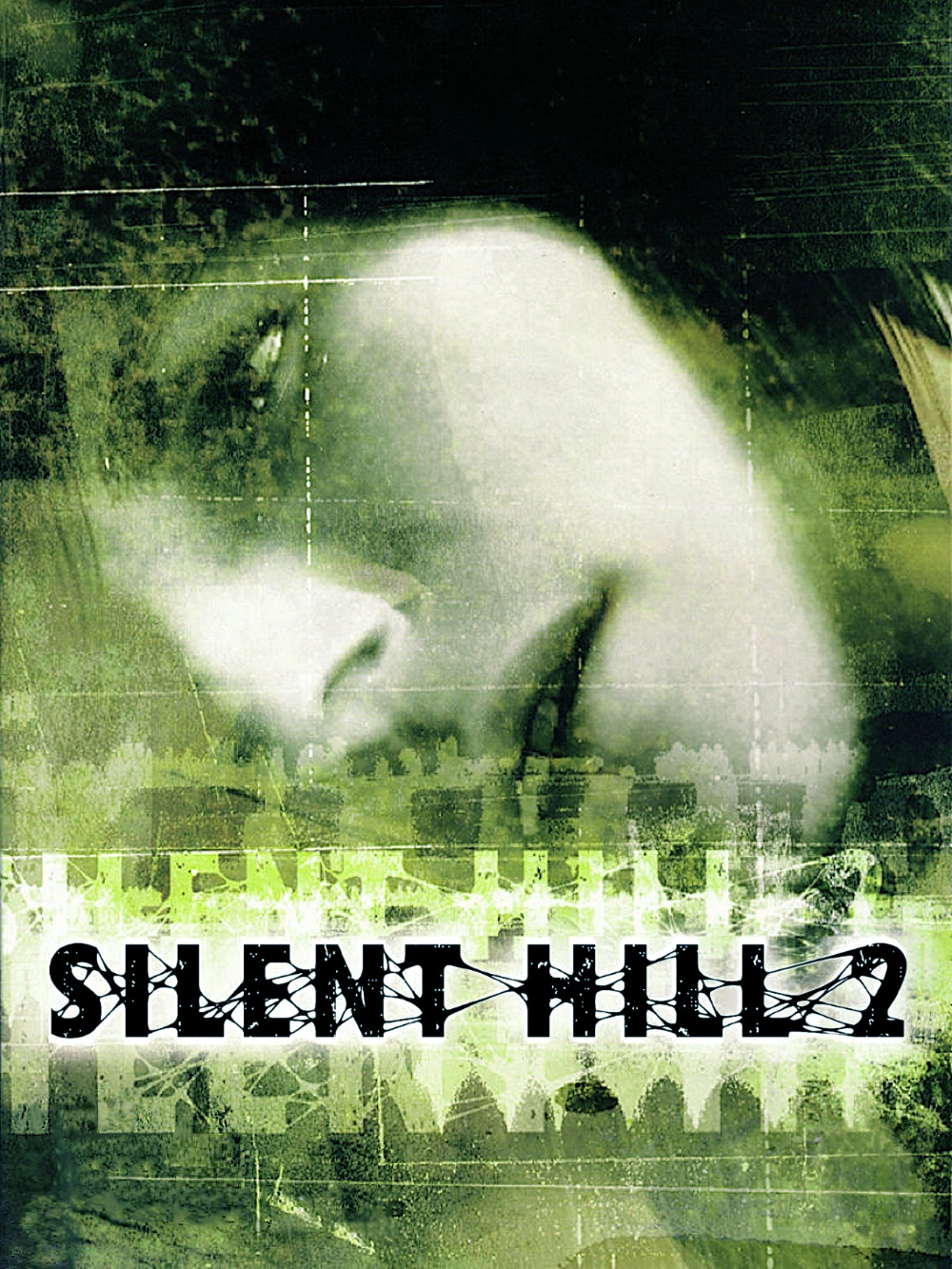
Silent Hill 2 (Classic)The second entry in the Silent Hill franchise, Silent Hill 2 is a narrative-focused third-person psychological survival horror game with emphasis on combat, exploration and puzzle-solving elements which follows James Sunderland, a man who receives a letter, seemingly sent by his three-years-deceased wife Mary, in which he is beckoned to the fog-ridden town of Silent Hill at the same time as numerous other people troubled by their past.Our Pick Top Trending Horror Survival Mystery Drama

Death GateDeath Gate is a classic adventure game from the much revered Legend Entertainment. The studio is known for developing games that include exceptionally well crafted puzzles and a wacky sense of humor which frequently breaks the fourth wall and plays to a wide assortment of offbeat puns. Moreover, the company has emerged with a winning streak of fantasy and sci-fi games based on popular literature adaptations. The most famous of these are Frederick Pohl's Gateway and Terry Brooks' Shannara.
In 1994, Legend Entertainment has chosen to adapt not 1 book but the whole series of 7 books by Margaret Weis and Tracy Hickman known as The Death Gate Cycle. The original release of the game even includes a special gift for fans of the book series, namely an exclusive short story written by the same authors that tells some of the history of the mysterious Assassin's Guild from the series.
In Death Gate, the player is cast in the role of a freshly freed Patryn—a young, brave wizard named Haplo. By his deeds in the Labyrinth, he has gained Xar's trust to be sent as a scout to the other 4 realms. The way between them leads through a mystical portal known as the Death Gate. For his journey, Haplo is handed not a single but several quests to complete. He must first explore the realms, learn about the new lands, and find the pieces of the World Seal that will allow the reformation of the world to its original whole. He must also retrieve as much of forgotten magical lore as he can, and find runes that will allow him to enter all the other realms. Finally, and most importantly, he must find out what has happened to the Sartan who seem to have vanished somewhere long ago, so that Xar will be able to bring them to the proper Patryn justice.
The game, by taking inspiration from the first 4 books, creates a certain unique experience for the player that stands out among other fantasy adventures. There is an unusually layered structure based on the initial premise of the 5 separate realms, since the consequences of the sundering run much deeper than mere differences in landscapes. From realm to realm life conditions vary enormously, including geography, history, fauna, flora and astronomical bodies. For each realm, the population is divided into very specific societies, although many attributes of each race remain common. Several royal families, powerful guilds, and wealthy, independent merchants all have their own specific goals and ambitions that are not at all connected to the grand schemes of the Patryn and the Sartan, which they mostly are unaware of at this time after centuries of their absence. The distinctiveness of each culture's circumstances and the individual diversity of the larger and smaller schemers within the cast of characters give a special magic and wonder to the proceedings in the game, especially when the player visits a new realm for the first time and starts exploring it. The worlds possess a mysterious, intriguing flavor, but with a touch of whimsical surprises from nearly everywhere. Each encounter with Xar between travels reveals more information concerning the whole mechanics that connect these realms.
Death Gate contains some exceptionally good voice acting. This is especially true for Henry Strozier who plays the role of Xar. He carries a low, charismatic, and authoritative voice that perfectly befits a character with a brave heart, long experience, deep wisdom, but a good share of arrogance. He shines for good measure too, since the player will spend more time conversing with his character than any other in the game. Haplo, who is only heard in conversations, voiced by David DeBoy, does not have a plain, uninteresting voice either. He sounds slightly arrogant and lordly like his master, but also rather youthful, yet manly enough to give an air of independency.
The MIDI music in Death Gate is very well done. The compositions are perfect for an epic fantasy setting. The tunes are often light and comforting, but they can change dramatically to a more majestic tone when visiting the king's palace and to a darker motif when exploring the undergrounds of Abarrach, the vicious Labyrinth, or the deadly Assassin's Guild.
Aside from Haplo and Xar, several other characters from the books also make an appearance in the game. Many of them, however, have been greatly simplified and reduced to only episodic roles with little development. Many major characters from the books are missing altogether, most notably Alfred, whose role is crucial in bringing out Haplo's characterization in the literary originals. On the other hand, some of the memorable archetypes from the books are used in new, interesting ways. For example, a boy named Bane has been recast into a different child with a different life and social standing, though both share a very similar personality. The character that stays most true to the canon is the whimsical, crazy wizard Zifnab, who appears in all his pun infested glory. In general, the plotlines are less violent and happier than those in the books, and the characters show less moral ambiguity.
Death Gate plays like a traditional point-and-click adventure game, but like a role-playing game it is as much about being free to explore the fictional world as about following a foreordained storyline thread. There is quite a bit of narrative text, diaries, historical documents, and dialogs to sieve through. They are all well written and are rather fascinating, since everything is directly connected to the quests the player needs to complete or the puzzles the player needs to solve. There is a fine dose of humor in the game too, but nothing so unsubtle that may distract from taking the main conflicts of the story seriously. From this stance, Death Gate is actually quite a departure from the largely comical gallery of previous game titles from Legend Entertainment.
The puzzles in Death Gate are a bit on the easy side, but the enjoyment they give is very well balanced by their ingenuity. The wealth of subplots, quests, plot twists, and deceptions add a lot of tension to the player's own proceedings. There is a certain logic and buttons based puzzle that is rather hard to beat. However, the player can ask for help from the game to solve it (or even skip over it). In general, the difficulty level of the game lies somewhere between easy and medium. The player can die in the game, but there is an option available to undo the player's last fatal action.
Comparison with the books quickly reveals some of the obvious budgetary or time constraints the developer must have faced during Death Gate's development. Pryan, the realm of fire, is build of elements taken not only of this realm in its original form but also of Chelestra, the realm of water. Consequently, the latter realm has shrunken to a very limited scope in the game. The smallness of Chelestra comes in the game as a particular disappointing revelation, since it is the last of the elemental realms that the player visits.
The interface used in Death Gate has evolved from the original Legend Entertainment's interactive fiction interface. There is an always available standard list of commands (such as Take, Look at, or Use) for the player to choose from, reminiscent of Lucasarts' SCUMM interface. In addition, extra action commands specific to an object appear when it is clicked. For example, when clicking on a door, apart from the standard list of verbs, there are added options to unlock, knock, or eavesdrop on the door. There are many actions which are not necessary to complete the game but which trigger funny responses specific to the situation. Altogether, the interface is a clever compromise between the sense of freedom achieved through a text parser and the simplicity of contemporary point-and-click style.
Gameplay in Death Gate draws on a few gimmicks that are typical of role-playing games. For some parts of the game, the player is able to have a party of several characters. There is also a process of collecting magical spells, even though they have been tweaked for solving puzzles instead of combat. A spell is constructed by connecting runes in a combination. After that, it is traced in the air by Haplo with his hands to bring the spell into motion. The player will be able to learn many spells in the game, mostly from the mensch. This is an important diversion from the canon, as the mensch from the books possess a different kind of magic altogether.
The high resolution graphics of the game will remind fans strongly of fantasy literature illustrated covers. The characters are beautifully detailed in high resolution, but rarely fully animated. However, their faces are always incredibly alive, especially in conversational close-ups. When exploring the game world, the player will notice many intricate but small animations in otherwise generally static sceneries. Major events occurring in the game are partially described in narrative text and partially presented as cut scenes. Sadly, the number of background illustrations in the game is a bit limited. All locations are shown from only a single point of view. Sometimes, the player is drawn to something interesting drawn at the edge of an illustration but is unable to look closely to find out more about it.Fantasy

